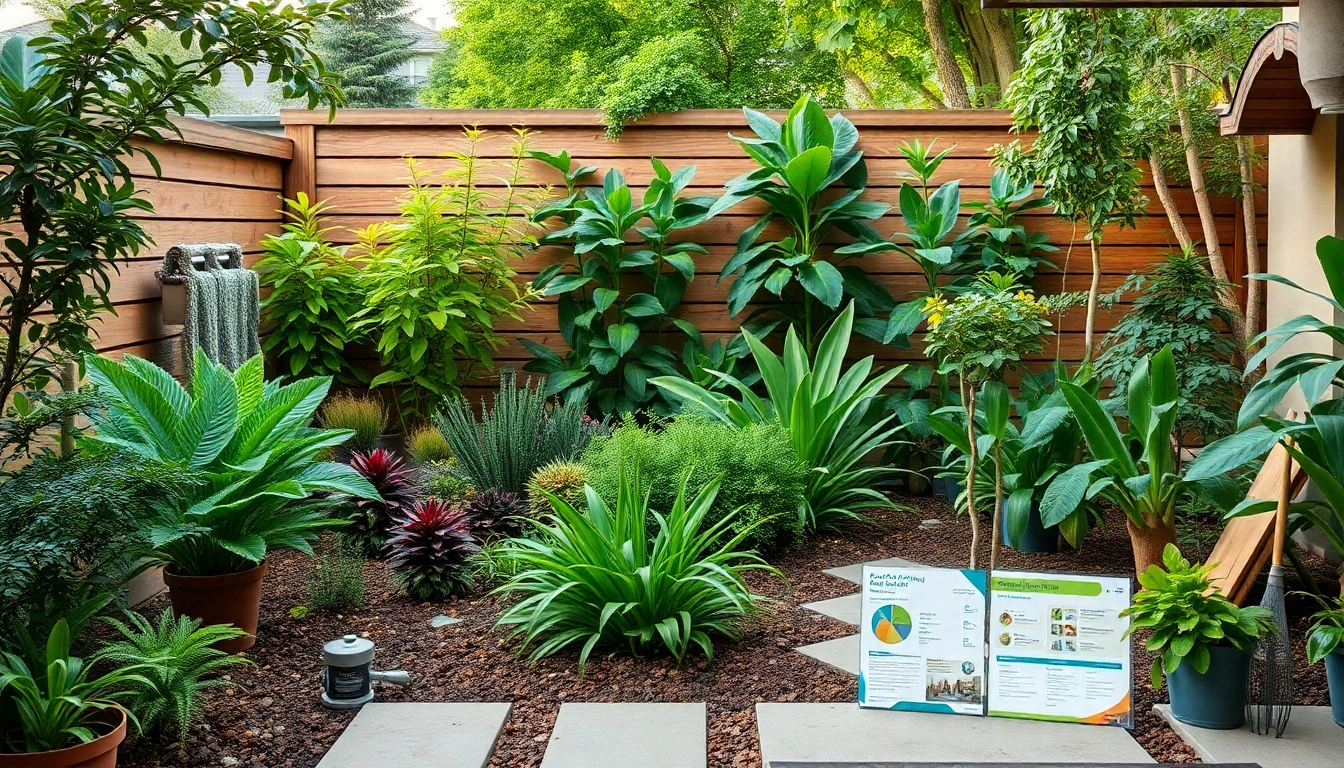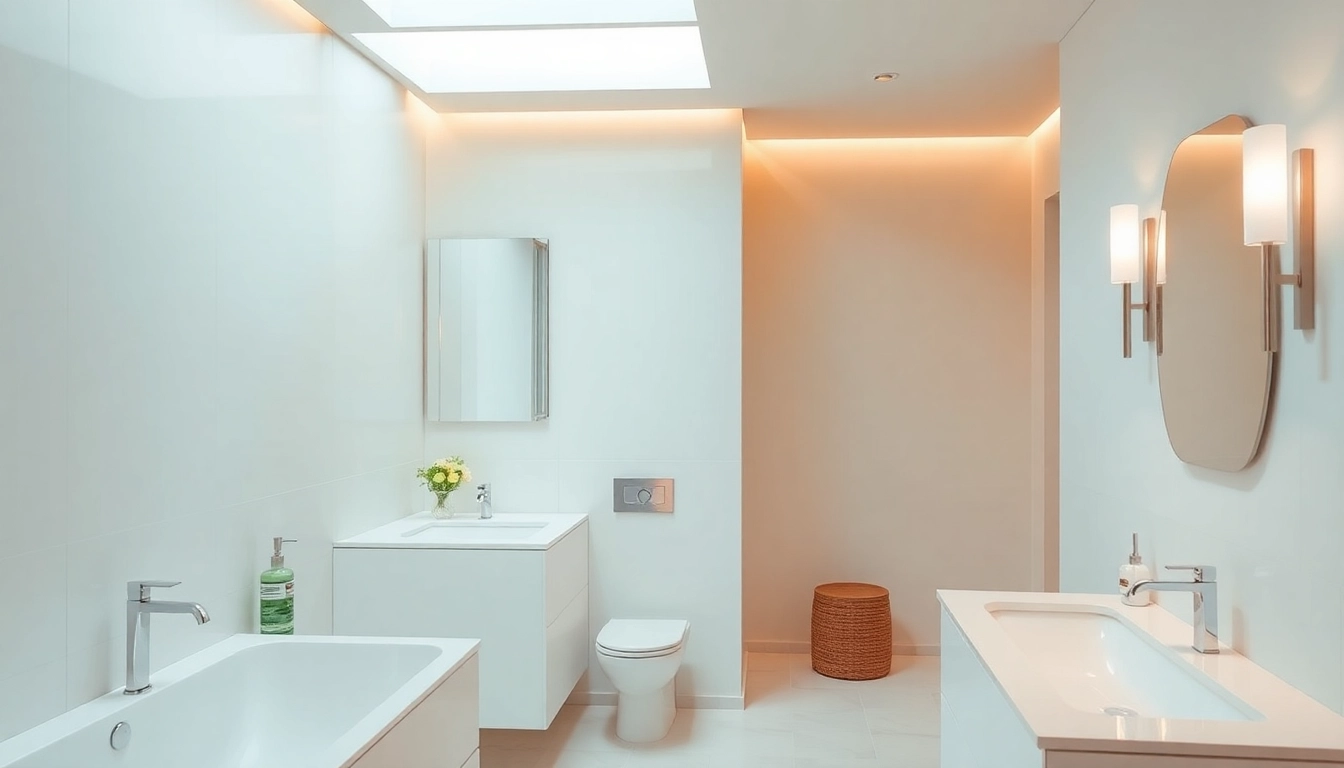Introduction to Landscaping Company Pricing
When considering enhancing your outdoor space, understanding landscaping company pricing is crucial to making informed financial decisions. Landscaping can significantly improve the aesthetic and functional value of your property, but costs can vary widely depending on various factors. This article aims to delve into understanding the typical costs you might encounter, the factors that influence these prices, and the importance of quality when it comes to landscaping investments.
Overview of Typical Costs
The cost of landscaping services typically ranges based on the scope and complexity of the project. On average, homeowners can expect to pay between $2,000 to $10,000 for basic landscaping services. This range can include initial consultations, design work, and basic installations such as sod, trees, shrubs, and flower beds. For larger, more elaborate projects, costs can escalate to the tens of thousands of dollars. For instance, a complete landscape renovation could cost anywhere from $20,000 to $50,000 or more, depending on the specific needs of the property.
Factors Influencing Pricing
Several factors can influence landscaping pricing:
- Project Size: Larger projects will naturally require more materials and labor, leading to higher costs.
- Location: Prices can vary by region due to local labor costs, availability of materials, and environmental factors.
- Design Complexity: Customized designs or those that necessitate specialized knowledge may incur additional expenses.
- Material Selection: The choice between high-end materials (like natural stone) versus more affordable options (like concrete or wood) greatly impacts overall costs.
- Seasonality: Landscaping prices can fluctuate with the seasons, particularly during peak planting seasons when demand increases.
Importance of Quality in Pricing
It’s essential to recognize that while cost is a critical factor, quality should not be sacrificed for a lower price. Quality landscaping increases property value, enhances curb appeal, and can improve the functionality of outdoor spaces. Investing in quality services typically means using better materials, skilled labor, and receiving comprehensive maintenance post-installation. Ultimately, spending more upfront can lead to significant long-term savings and benefits.
Common Pricing Models in Landscaping
Hourly vs. Project-based Pricing
Landscaping companies generally adopt two primary pricing models: hourly and project-based pricing. Understanding these can help you navigate costs effectively.
Hourly pricing involves paying a set rate for the labor of the landscaping crew. This model is typically used for smaller projects or when a job’s scope is uncertain. Customers are usually provided with an estimated number of hours the service will take. It’s essential to discuss and agree on the hourly rate upfront to avoid misunderstandings.
Flat Rate Pricing Explained
Alternatively, flat rate pricing provides a single fee for a specific project, regardless of how long it takes to complete. This pricing model can be beneficial for large, well-defined projects because it allows you to know exactly what you will pay. However, it assumes that the landscaping company will accurately estimate the time and materials needed to complete the project successfully.
Variable Pricing Based on Scope
Certain projects may encounter variable pricing based on the scope of work required. For instance, if a job involves unexpected complications like poor soil conditions or the discovery of underground utilities, costs may increase accordingly. Transparent communication between the client and the landscaping company is vital to address these variations and agree on additional charges in advance.
Estimating Your Landscaping Budget
Assessing Your Needs and Preferences
Before engaging a landscaping company, a thorough assessment of your landscaping needs and preferences is essential. Start by considering the following:
- Desired Features: What specific elements do you want to incorporate? Examples include flower beds, patios, walkways, or water features.
- Maintenance Tolerance: Are you looking for a low-maintenance landscape or are you willing to invest more time in upkeep?
- Aesthetic Goals: Consider your property’s architectural style and how landscaping can complement this look.
Developing a clear vision will help you communicate effectively with potential landscapers.
Market Rates for Services
Understanding current market rates for various landscaping services is crucial for creating a realistic budget. Research local landscaping companies and their pricing structures, bearing in mind that varying factors can change these costs. Hiring a reputable contractor may sometimes mean paying a little more upfront, but it often ensures better warranties, quality assurance, and service.
Preparing for Unexpected Costs
No matter how comprehensive your planning, unexpected costs can arise during landscaping projects. Here are a few ways to prepare for these situations:
- Contingency Budget: Set aside an additional 10-20% of your budget for unforeseeable expenses.
- Clear Contractual Agreements: Ensure all aspects of the job are detailed in your contract, including plans for potential changes and associated costs.
- Consult with Professionals: Regular discussions with your landscaper throughout the project can help anticipate issues before they become costly problems.
Comparing Landscaping Company Pricing
Getting Multiple Quotes
One of the best ways to ensure competitive pricing is by obtaining multiple quotes from different landscaping companies. When doing so, be sure to ask for detailed proposals that break down labor, materials, and any other costs involved. Comparing quotes enables you to identify possible red flags, such as prices that seem unusually low or unusually high.
Evaluating Value vs. Cost
While price is an essential factor, evaluating the value offered by landscaping companies is crucial. Cheaper prices can sometimes equate to lower quality materials or less experienced labor. Look for reviews, request portfolios of previous work, and consider the company’s reputation in the industry. A higher upfront cost may provide better long-term outcomes, ensuring your landscaping investment pays off over time.
What to Look for in a Proposal
When reviewing proposals, focus on the following key aspects:
- Detailed Scope of Work: Ensure the proposal outlines what will be done, including specific tasks and materials.
- Timeline: A clear timeline for project milestones helps manage expectations.
- Guarantees and Warranties: Quality landscaping work often comes with guarantees on workmanship and warranties on materials.
- Payment Terms: Understand the payment schedule, including any upfront deposits and final payments upon completion.
Maximizing ROI with Landscaping Services
Long-term Value of Professional Landscaping
Investing in professional landscaping is not only about immediate visual appeal; it can significantly increase property value over time. Studies show that well-designed landscapes can increase home values by up to 15%. The right landscape can also promote environmental sustainability, support local wildlife, and contribute to energy savings by providing shade and protection for your home.
Tips for Cost-effective Design
To maximize your investment, consider these tips for cost-effective landscaping design:
- Prioritize Perennials: Utilize hardy perennial plants that require less upkeep and return year after year.
- Incorporate Native Plants: Native plants typically thrive in local conditions, reducing water consumption and care.
- Consider DIY Options: For specific features like simple flower beds or mulch, consider doing it yourself to save on labor costs.
- Plan for the Future: Create a landscape design that grows with you; for instance, plan pathways that can accommodate future expansions.
Monitoring Maintenance Costs After Installation
After your landscaping project is complete, ongoing maintenance costs must be considered. Regular upkeep, including irrigation, trimming, and fertilization, plays a significant role in preserving your landscape’s quality. Create a maintenance schedule to track these expenses and consider hiring seasonal help if your landscaping design requires extensive annual maintenance.


